Some songwriters started writing poetry before segueing into song. Others will even say that most of their songs started as a poem, or inspired by the work of classic poetry, or poets.
“Listen, real poetry doesn’t say anything; it just ticks off the possibilities—opens all doors,” Jim Morrison once said. “You can walk through anyone that suits you.” Along with the Doors‘ band name inspired by the 1790 William Blake (1757-1827) poem “The Marriage of Heaven and Hell”—If the doors of perception were cleansed, everything would appear to man as it is, infinite—Morrison was also the band’s poet.
Bob Dylan‘s “Chimes of Freedom” along with some songs from Blonde on Blonde, Bringing It All Back Home, and Highway 61 Revisited also had bits of the Symbolist writing of French poet Arthur Rimbaud (1854-1891). “When I read [Rimbaud’s dictum, ‘I is another,’ or ‘Je est un autre’] the bells went off,” wrote Dylan in his 2004 memoir Chronicles. “It made perfect sense. I wished someone would have mentioned that to me earlier.”
On Blood on the Tracks, Dylan specifically cites Rimbaud’s relationship with Paul Verlaine in “You’re Gonna Make Me Lonesome When You Go”—Relationships have all been bad / Mine have been like Verlaine’s and Rimbaud’s / But there’s no way I can compare.
Rimbaud, along with Jack Kerouac, Sylvia Plath, Oscar Wilde, Hermann Hesse, and the works from many more writers have all affected Patti Smith‘s writing. Another one of her favorites, Blake, also inspired her 2004 song “My Blakean Year.”
Videos by American Songwriter
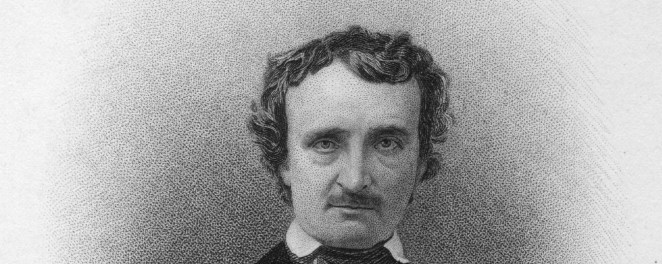
“I wrote “My Blakean Year,” again, because I was in a difficult time, and I felt—I hate to say it, but I felt like sorry for myself,” said Smith of the song in 2015. “I felt very unappreciated or something—I don’t know why—but I was thinking of William Blake, who was such a great artist, poet, printer, philosopher, activist, who died in poverty, was ridiculed in his time, who was almost forgotten. But in his lifetime—and also such a true visionary—he never let go of his visionary powers. … And he also did it without remorse or feeling sorry for himself, and just accepted, his particular lot and just kept working”
The work of Edgar Allan Poe (1809-1849) has also influenced one of the most diverse selections of songs from Phil Ochs’ 1964 song “The Bells” to a more metal edge with Iron Maiden‘s “Murders in the Rue Morgue” and Lamb of God’s “Nevermore.” The Alan Parsons Project also tapped into Poe with songs “A Dream Within a Dream” and “The Raven,” named after the writer’s classic 1845 narrative poem, along with Good Charlotte’s “My Bloody Valentine” and Insane Clown Posse’s “Ol’ Evil Eye” from 1995, among many other songs, taking cues from the macabre poet.
Keane‘s 2007 song “A Bad Dream” is based on “An Irish Airman Foresees His Death,” the William Butler Yeats (1865-1939) poem from 1919, while Natalie Merchant‘s 2005 song “Because I Could Not Stop for Death” was inspired by the 1890 Emily Dickinson (1830-1886) poem of the same name. In 2023, another Dickinson poem was the foundation of Andrew Bird’s “I Felt a Funeral, in My Brain” with Phoebe Bridgers.
Poetry remains timeless and continues to inspire songwriters. Here are five more songs prompted by the work of famous 19th and 20th-century poets.
[RELATED: 5 Songs You Didn’t Know Credit Edgar Allan Poe]
“Richard Cory,” Simon & Garfunkel (1966)
Written by Paul Simon
The opening track on side two of Simon & Garfunkel‘s Sounds of Silence, “Richard Cory,” was inspired by the 1897 Edwin Arlington Robinson (1869-1935) poem of the same name. Paul Simon and Art Garfunkel first came across Robinson’s poem while they were students at Forest Hills High School in Queens, New York. The poem tells the story of a man who curses his life of poverty and his job at a factory and wishes he had all the connections, wealth, and power belonging to Cory.
In the poem, the factory worker assumes all of these things bring Cory happiness, until the final line: Richard Cory went home last night and put a bullet through his head.
They say that Richard Cory owns one-half of this whole town
With political connections to spread his wealth around
Born into society, a banker’s only child
He had everything a man could want, power, grace, and style
The papers print his pictures almost everywhere he goes
Richard Cory at the opera, Richard Cory at a show
And the rumor of his parties and the orgies on his yacht
Oh, he surely must be happy with everything he’s got
Despite the message of money and success not leading to happiness, the Simon & Garfunkel version ends with the singer still desiring what Cory has.
But I work in his factory
And I curse the life I’m living
And I curse my poverty
And I wish that I could be
Oh, I wish that I could be
Oh, I wish that I could be Richard Cory
“Golden Hair,” Syd Barrett (1969)
Written by Syd Barrett; originally by James Joyce
Released in 1907, James Joyce’s “Lean Out of the Window” was part of a broader collection of poems in his book Chamber Music. In the poem, Joyce is telling the story of a man drawn to a woman singing with a mane of golden blonde hair.
Lean out of the window
Goldenhair
I hear you singing
A merry air
My book was closed
I read no more
Watching the fire dance
On the floor
I have left my book
I have left my room
For I heard you singing
Through the gloom
Singing and singing
A merry air
Lean out of the window
Goldenhair
More than six decades after its release, Syd Barrett wrote his version of the poem, keeping close to its original storyline, for his debut solo album The Madcap Laughs, released a year after his departure from Pink Floyd.
Lean out your window, golden hair
I heard you singing in the midnight air
My book is closed, I read no more
Watching the fire dance on the floor
Singing and singing a merry air
Lean out your window, golden hair
“How Beautiful You Are,” The Cure (1987)
Written by Robert Smith
From a young age, Robert Smith was already pulled into the world, and words, of poets like Arthur Rimbaud, Ernest Dowson, and Christina Rossetti, along with writers like French author Albert Camus, and other literature, which seeped into many of the bands’ songs.
The Cure’s 1980 debut single “Killing an Arab,” based on a scene in Camus’ 1942 novella The Stranger where the character Meursault, shoots and kills an Arab, leading to his trial and execution, while Rossetti’s 1849 poem “Remember” affected “Treasure” from the band’s 1996 album Wild Mood Swings, and Percy Bysshe Shelley’s elegy on the death of John Keats, “Adonais,” inspired the B-side track of the same name.
In 2024, the band’s “Alone,” the opening track of the Cure’s album Songs of a Lost World, also pulled from Dowson’s 1902 poem “Dregs” from its opening line—This is the end of every song that we sing—similar to Dowson’s This is the end of every song man sings.
French poet Charles Baudelaire also had a profound influence on Smith, who was inspired by his 1861 poem “Les Yeux des Pauvres” (“The Eyes of the Poor”) when he wrote the Cure’s Kiss Me, Kiss Me, Kiss Me track “How Beautiful You Are” in 1987.
Like the poem, the song tells the story of a couple who come across a homeless man and his children who are in awe of the woman.
You remember that day in Paris
When we wandered through the rain
And promised to each other
We’d always think the same
And dreamed that dream
To be two souls as one
And stopped just as the sunset
And waited for the night
Outside a glittering building
Of glittering glass and burning light
And in the road before us
Stood a weary grayish man
Who held a child upon his back
A small boy by the hand
The three of them were dressed in rags
And thinner than air
And all six eyes stared fixedly on you
The song opens with the line You want to know why I hate you? / Well I’ll try and explain, which is explained toward the end.
The father’s eyes said “Beautiful!
How beautiful you are!”
The boy’s eyes said
“How beautiful!
She shimmers like a star!”
The child’s eyes uttered nothing
But a mute and utter joy
And filled my heart with shame for us
At the way we are
I turned to look at you
To read my thought upon your face
And gazed so deep into your eyes
So beautiful and strange
Until you spoke
And showed me understanding is a dream
“I hate these people staring
Make them go away from me!”
“I read through them all and one just really struck me,” said Smith in 1987 of reading Baudelaire’s poems and connecting with The Eyes of the Poor. “I’d actually written a song like that, about how you think that you really know someone, and you really love someone, and suddenly discover that they can react to something you find very important, and they react in a totally different way, and you can’t believe that it’s the same person. I had a set of words that had that sort of idea in it.”
He added: “Once I’d read it I thought it’s really a good idea actually having it so that you take it down to one incident. I tried doing it into a very general sense of not understanding someone, but then I thought I should actually take one particular incident and write a song – that was about the most difficult song to write because I wanted to get it just right so that it sounded like a song rather than just a literary exercise.”
“Edgar Allan Poe,” Lou Reed (2003)
Written by Lou Reed
In 2003, Lou Reed released an entire concept album of songs inspired by Poe’s short stories and poems in two acts. The Raven features the title track, named after Poe’s classic poem, along with others titled after more of his works, including “The Fall of the House of Usher,” “The Valley of Unrest,” and “The Conquer Worm.”
Produced by the late Hal Willner, the album also includes vocals by Laurie Anderson, David Bowie, Steve Buscemi, Willem Dafoe, and Anohni Hegarty.
On the album is also Reed’s “Edgar Allan Poe,” a tribute to the author and his stories.
These are the stories of Edgar Allan Poe
Not exactly the boy next door
These are the stories of Edgar Allan Poe
Not exactly the boy next door
The diabolic image of the city and the sea
The chaos and the carnage that reside deep within me
Decapitations, poisonings, hellish not a bore
You won’t need 3D glasses to pass beyond this door
Edgar Allan Poe
Not exactly the boy next door
No Nosferatu Vincent Price or naked women here
A mind unfurled, a mind unbent is all we have here
Truth, fried orangutans flutter to the stage
Leave your expectations home
And listen to the stories of Edgar Allan Poe
Though Reed released the more meditative Hudson River Wind Meditations in 2007, and his collaborative Lulu with Metallica in 2011, The Raven marked his final solo rock album.
“Annabel Lee,” Stevie Nicks (2011)
Written by Stevie Nicks
Just two days after Edgar Allan Poe died on October 11, 1849, his final poem was released. “Annabel Lee” told the story of a young love cut short. The poem follows all the stages of their love, from youth (I was a child and she was a child), and to how his maiden in the kingdom by the sea likely met her fate, by the hand of a celestial being.
Poe’s “Annabel Lee” was in line with many of his other works, depicting women who died young—”Lenore,” “To My Mother,” “Eulalie,” “To Helen,” and others—was likely a reflection on the death of his wife, Virginia Eliza Clemm, in 1842 from tuberculosis at age 24.
The poem was a favorite of a teenage Stevie Nicks, who was assigned to read poetry in school and instantly connected to Poe’s words and heroine. “I remember sitting on my bed, in my mom and dad’s house,” said Nicks, “writing that song and being so overwhelmed with the romanticism of it.”
Nicks was so inspired by Poe’s work that she wrote her own “Annabel Lee” as a song when she was 17, mirroring the original.
Poe
It was many and many a year ago
In a kingdom by the sea
That a maiden there lived whom you may know
By the name of Annabel Lee
And this maiden she lived with no other thought
Than to love and be loved by me.
Nicks
It was many and many a year ago
In a kingdom by the sea
That a maiden lived
Whom you may know
By the name of Annabel Lee
This maiden, she lived
With no other thought
Than to love and be loved by me
Originally, Nicks considered the song for her 2001 album Trouble in Shangri-La but it was later released on her 2011 album In Your Dreams.
Main Photo: Syd Barrett of Pink Floyd, in 1967. (Chris Walter/WireImage)

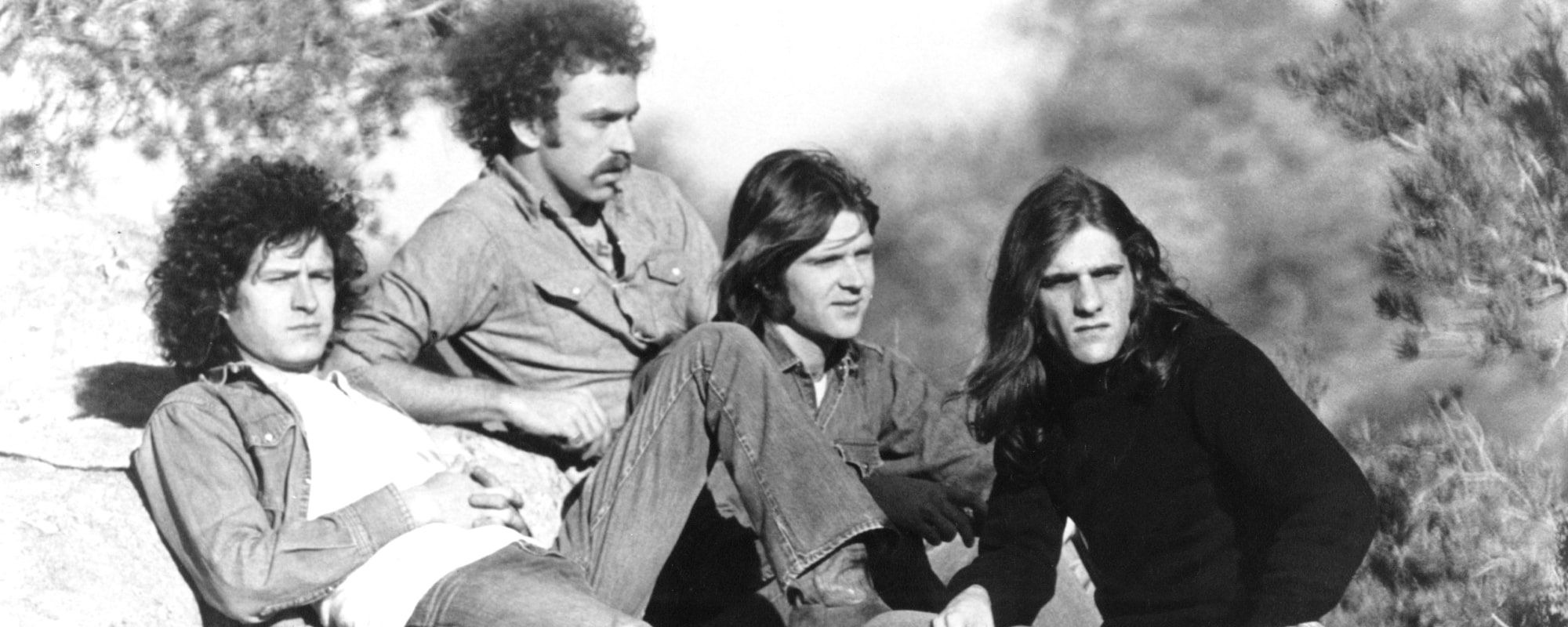



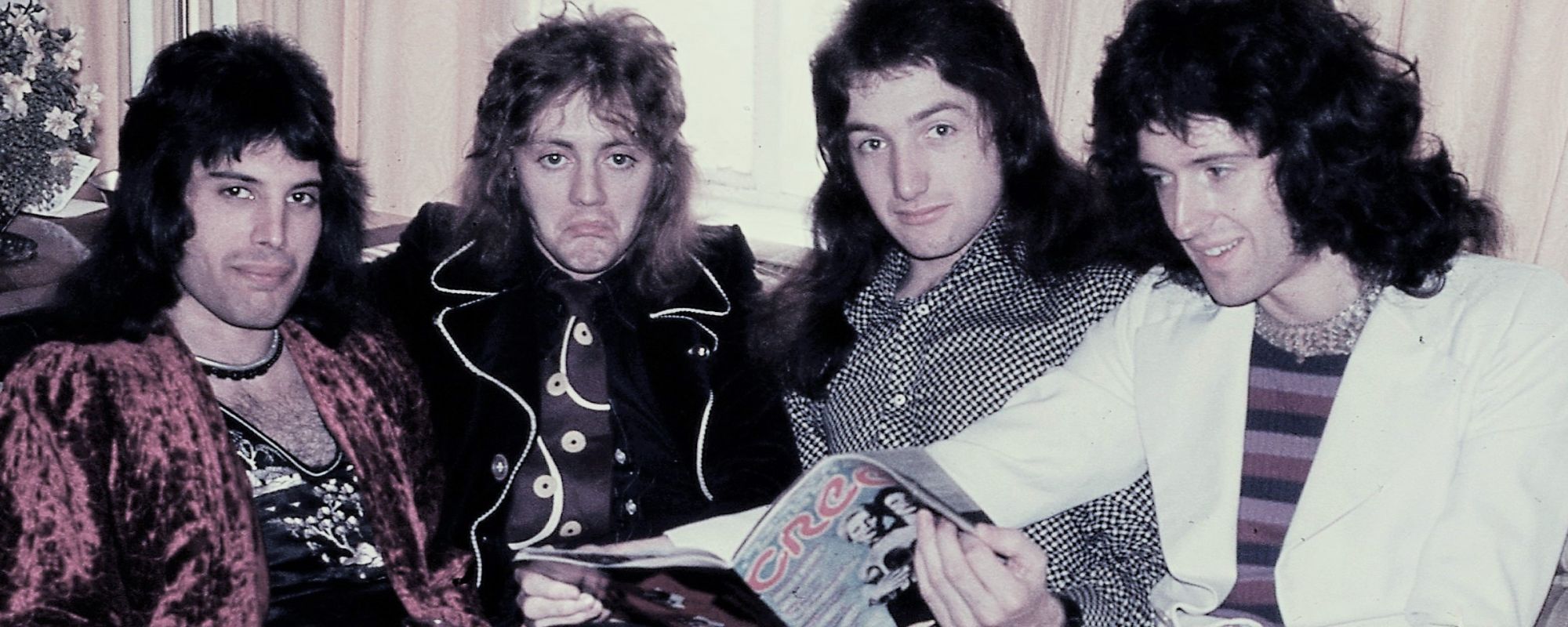

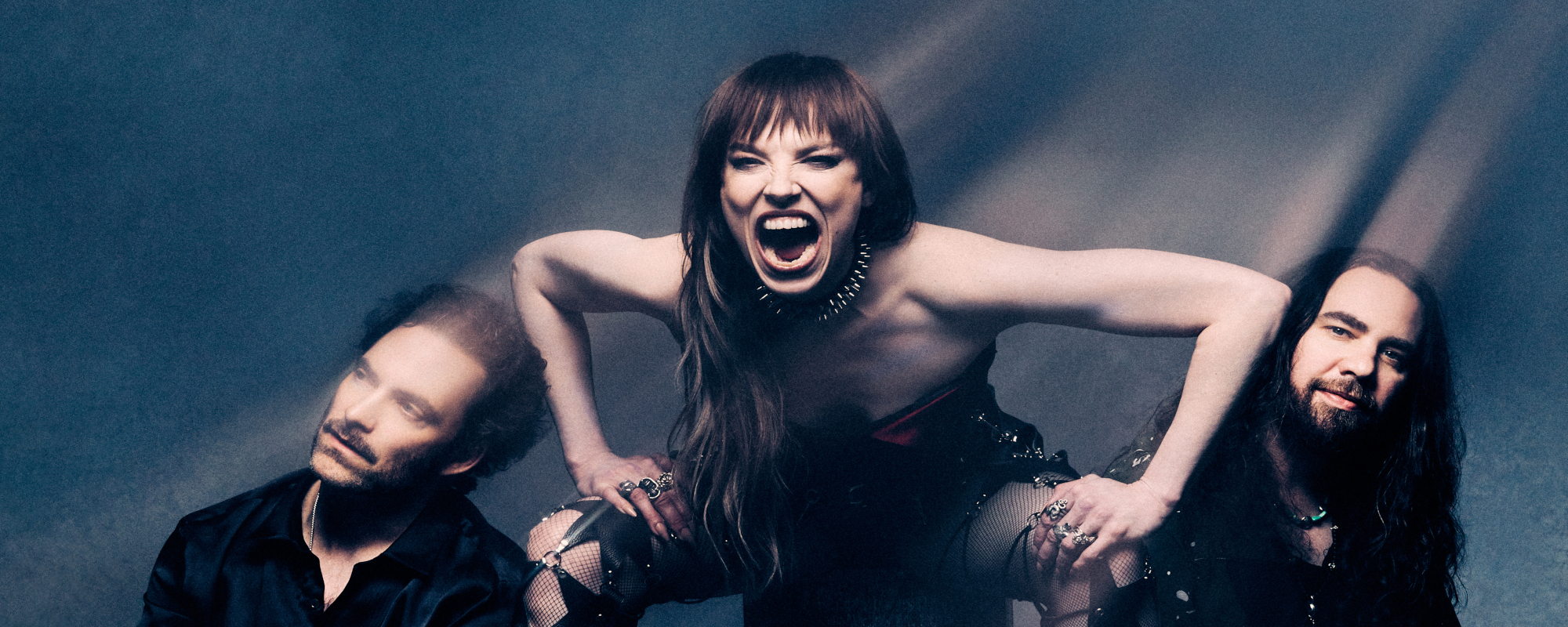


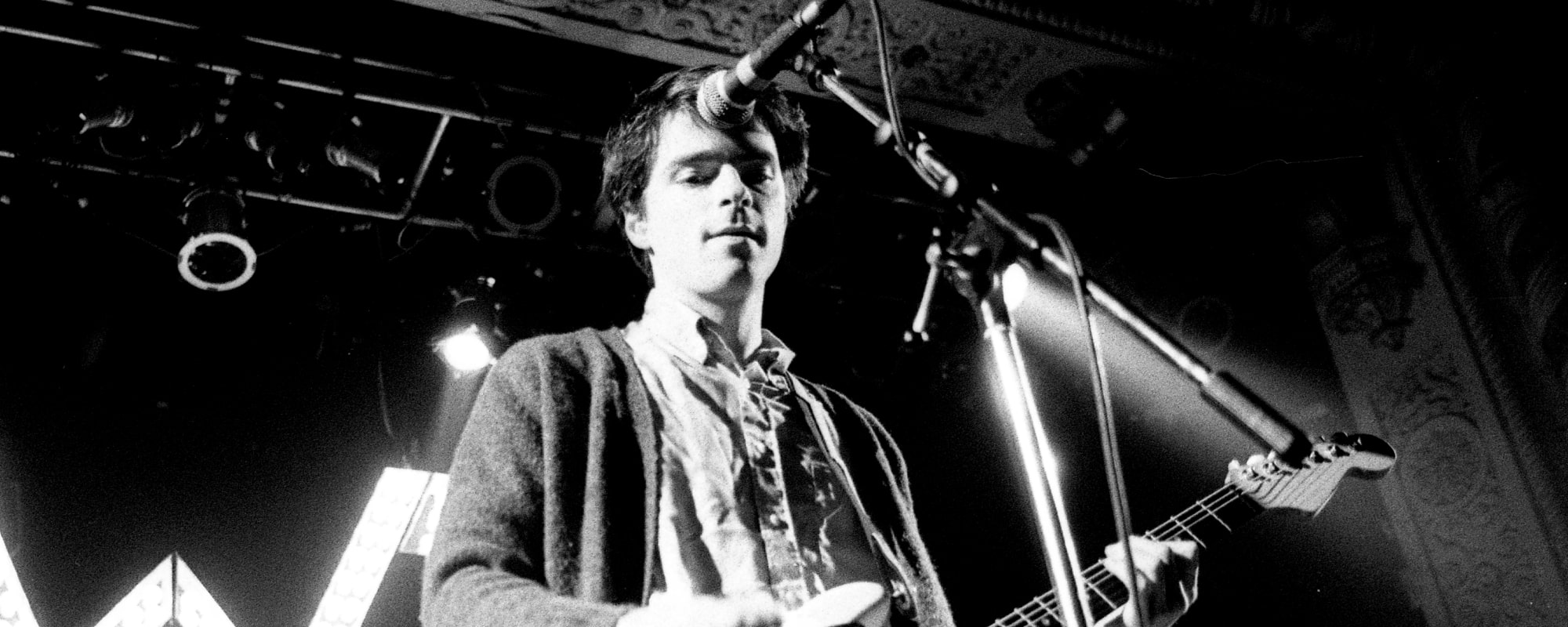


Leave a Reply
Only members can comment. Become a member. Already a member? Log in.